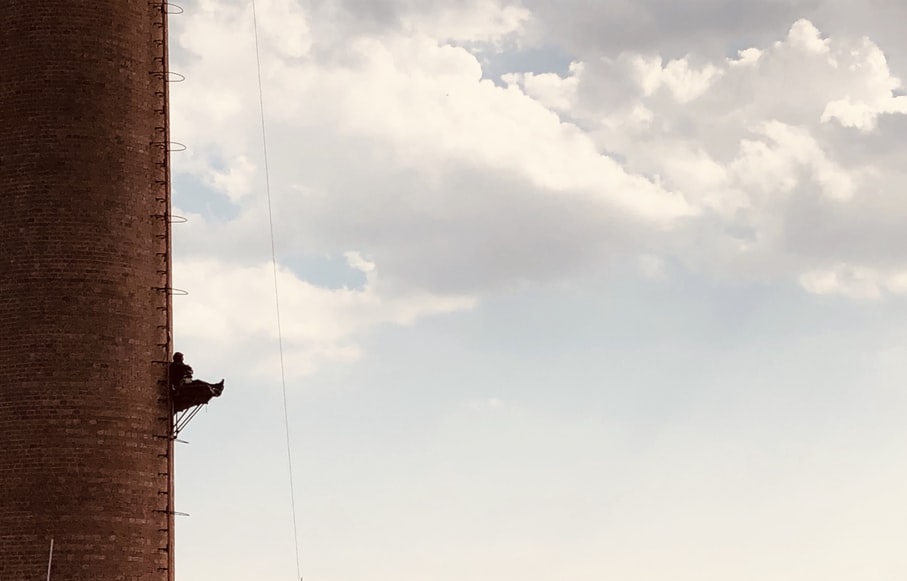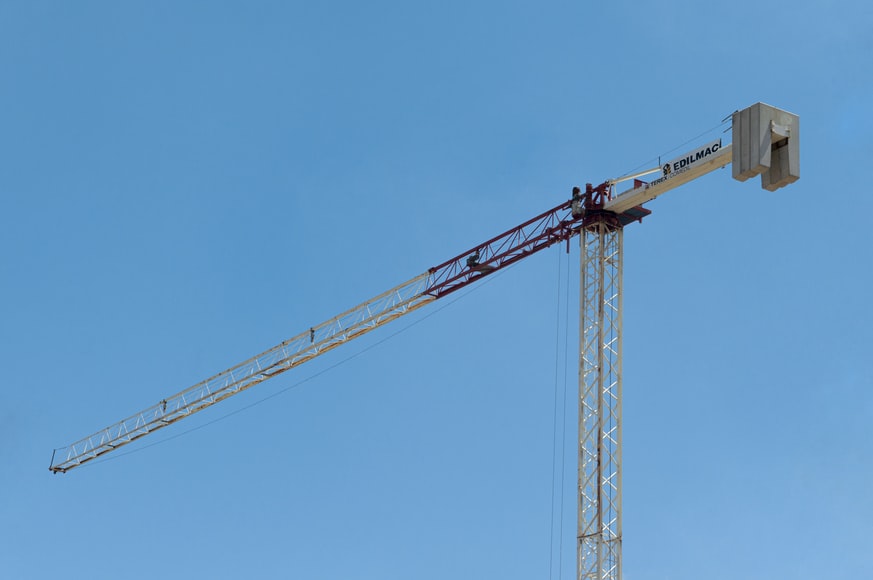Whether you’re doing roofing work on your house or managing a construction team working at heights, safety should be your number one consideration. When working at heights, you need to be fully aware of the risks and what can be done to manage and minimize the dangers. Height safety means equipping yourself or your team with the right tools and gear so the job can be done as safely as possible.
Mitigating working at height risks can include equipment such as a roof access ladder and kitting yourself out with gear such as non-slip boots. But, there’s a whole lot more you can add to the list of tools and gear to ensure anyone working at heights is safe at all times. Use these tips to help you be prepared before working at heights.
6 Tips for Working Safely at Heights

1. Roof Anchor Points
Roof anchor points need to be installed if you’re working with fall arrest systems. Once attached securely to the roof, the anchor point keeps your worker safety when using lanyards and fall protection systems. Roof anchor points need to meet the highest safety standards stipulated by government regulations for the prevention of falls when working at heights.
When selecting the right anchor points for your roofing work, work with the professionals. They can advise you based on the type of roof surface, rope access, and fall arrest systems you’re using, based on whether it’s for domestic or construction purposes.
2. Roof Access Hatches
Installing a roof access hatch is a good idea if you’re doing regular roofing repairs and maintenance. They allow you to access the roof safely and easily, internally without having to use a ladder outside. The roof hatch is the perfect solution even for homeowners, not only commercial property owners.
Roof access hatches can be custom-made to suit the style of your house without compromising your safety. They’re also ideal for buildings where maintenance teams need to access heights safely while carrying out repairs or performing annual roofing inspections.
3. Roof Handrails
Roof handrails act as barriers for workers working at heights while keeping them safe from falls. By installing roof handrails, you can have peace of mind your team is able to operate on elevated surfaces with minimal risk. You have the option of using fold-down handrails which can collapse out of sight when not being used.
Good quality roof handrails are constructed with high-grade aluminum and steel material, keeping them durable even if continuously exposed to the elements. If your building’s roof needs to be inspected on a regular basis make sure handrails are installed for optimal height safety.
4. Fall Arrest and Protection Systems
Professional construction companies are obliged, by law, to have fall arrest and protection systems in place for any team working at heights. These systems are designed to prevent serious injuries and even death should a worker fall from height. Workplace accidents can be prevented when these proper systems are installed and used correctly according to the industry’s code of practice.
Fall arrest equipment can include items such as safety harnesses, load arrestors, lanyards, and roof anchor points. To ensure you’re using the height safety equipment for your construction team, call in the experts to advise you.
5. Accessories for Height Safety
Every height safety team should be kitted out with accessories to ensure they can perform their tasks efficiently and safely. The following items should be included in your height safety kit:
- Roof access ladders: These should be made with high-quality materials and designed with safety grips to keep your workers safe when using ladders. Roof access ladders should be sturdy and stable at all times.
- Safety harness: This gives your workers extra security when working at heights, attaching them to lanyards or fall arrest or protection systems.
- Safety lanyards: These have been designed specifically to keep your worker safe while working at height. They can be adaptable for various conditions and should be made with strong, durable material.
6. Height Safety Gear
Dressing for height work should include gear that’ll keep you or your construction team safe on elevated surfaces while still being comfortable to do the job efficiently. Consider including the following items when creating your list of height safety gear:
- Hard hats: Helmets are a requirement for construction workers, protecting them from falling objects. They also offer head protection when bumping into solid overhangs.
- Non-slip boots: When working on elevated surfaces, you want to be sure you have a good grip. Non-slip boots will prevent you or a worker from slipping off roof surfaces when they’re wet or the surface is smooth, offering little grip.
- Protective clothing: Working at heights often entails being exposed to the outside elements. Ensure the protective clothing is made with breathable and durable fabric that protects the wearer from the sun’s UV rays while keeping them cool and dry.
Other items can include safety goggles, face masks, gloves, and earplugs.
Final Thoughts
When working at heights you need to consider your own safety as well as those working with you. The risks are high and to prevent nasty accidents from happening, you need to be equipped with the right equipment and gear. Use our checklist to ensure you and your team are safely covered whenever working at heights.
Read Also:




























